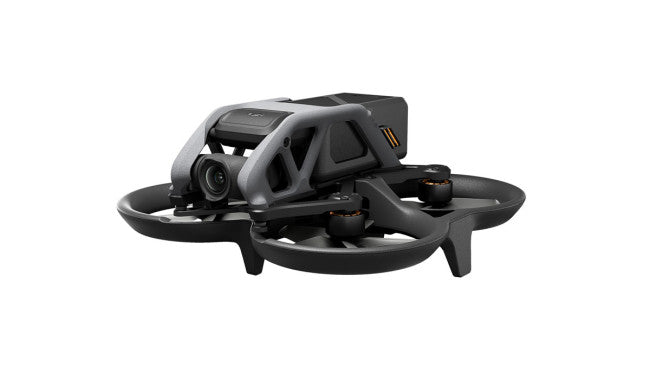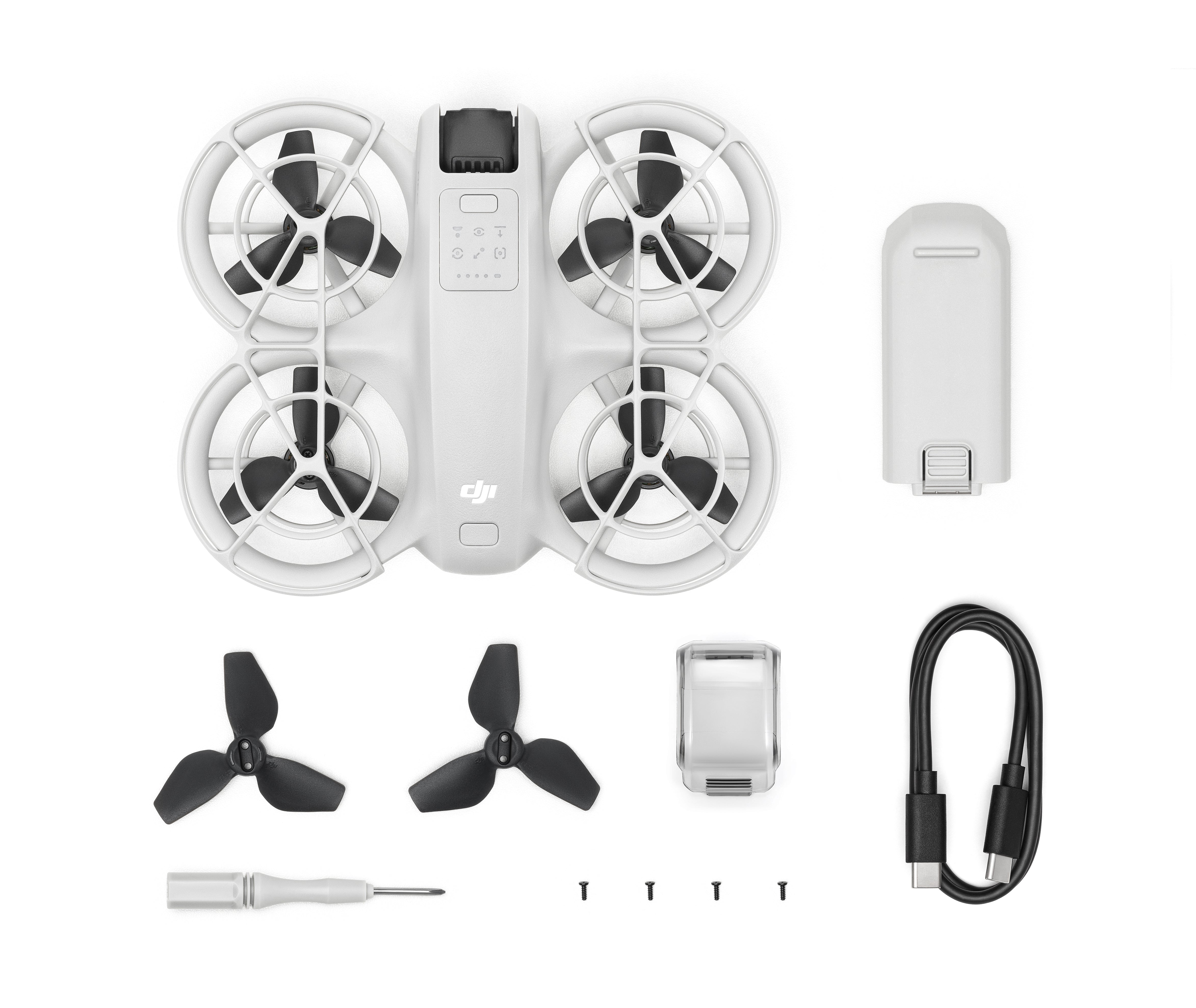
FPV (First-Person View) drones, also known as FPV racing drones or FPV quadcopters, are specialized drones designed for an immersive and high-speed flying experience. Unlike traditional camera drones, FPV drones are primarily used for recreational and competitive purposes, with a focus on real-time, first-person perspective flying. Here are some key features and aspects of FPV drones:
-
First-Person View (FPV): FPV drones are equipped with cameras that provide a live video feed to a pair of FPV goggles or a monitor, allowing the pilot to see exactly what the drone sees in real-time. This immersive view gives the sensation of being inside the drone and provides a unique and thrilling flying experience.
-
Agility and Speed: FPV drones are designed for agility and speed. They are often smaller and lighter than camera drones and have powerful motors and aerodynamic frames. This enables them to perform acrobatic maneuvers, such as flips, rolls, and sharp turns, with precision and speed.
-
Racing and Competitions: FPV drones are commonly used in drone racing events and competitions. Pilots race their drones through designated courses, navigating tight turns and obstacles at high speeds. These races can be held indoors or outdoors and require piloting skills, strategy, and split-second decision-making.
-
Freestyle Flying: Beyond racing, many FPV enthusiasts engage in freestyle flying, where they perform tricks and maneuvers purely for the thrill and creative expression. This often involves flying in challenging environments, such as abandoned buildings or natural landscapes.
-
Customization: FPV drones are highly customizable, allowing pilots to tailor their drones to their specific preferences and needs. This includes selecting different frame designs, motors, propellers, and electronic components. Customization is a significant aspect of the FPV hobby, and many enthusiasts enjoy building and modifying their drones.
-
Transmitter and Controls: FPV pilots use specialized radio transmitters that provide precise control over the drone's flight. These transmitters are equipped with joysticks and switches that allow pilots to perform complex maneuvers. The controls require skill and practice to master.
-
Community and Events: The FPV community is active and passionate, with enthusiasts and pilots organizing events, races, and meetups. These gatherings provide an opportunity for like-minded individuals to share knowledge, showcase their skills, and connect with others who share their passion.
-
Safety Considerations: Flying FPV drones at high speeds and in proximity to obstacles can be risky. Safety precautions are essential, including wearing appropriate safety gear, flying in designated areas, and adhering to local regulations.
-
Learning Curve: FPV flying has a learning curve, and beginners often start with smaller, more affordable drones to practice their skills before moving on to more advanced and faster models. Learning to fly FPV can be both challenging and rewarding.
-
Simulators: Many FPV pilots use simulators to practice flying in a virtual environment before taking to the skies with their actual drones. Simulators help improve piloting skills and reduce the risk of crashes.
In summary, FPV drones offer an exhilarating and immersive flying experience that combines the thrill of high-speed flight with the sensation of being in the cockpit. They are popular for racing, freestyle flying, and creative exploration, attracting a passionate community of enthusiasts who continually push the boundaries of what's possible in the world of drone flying.












